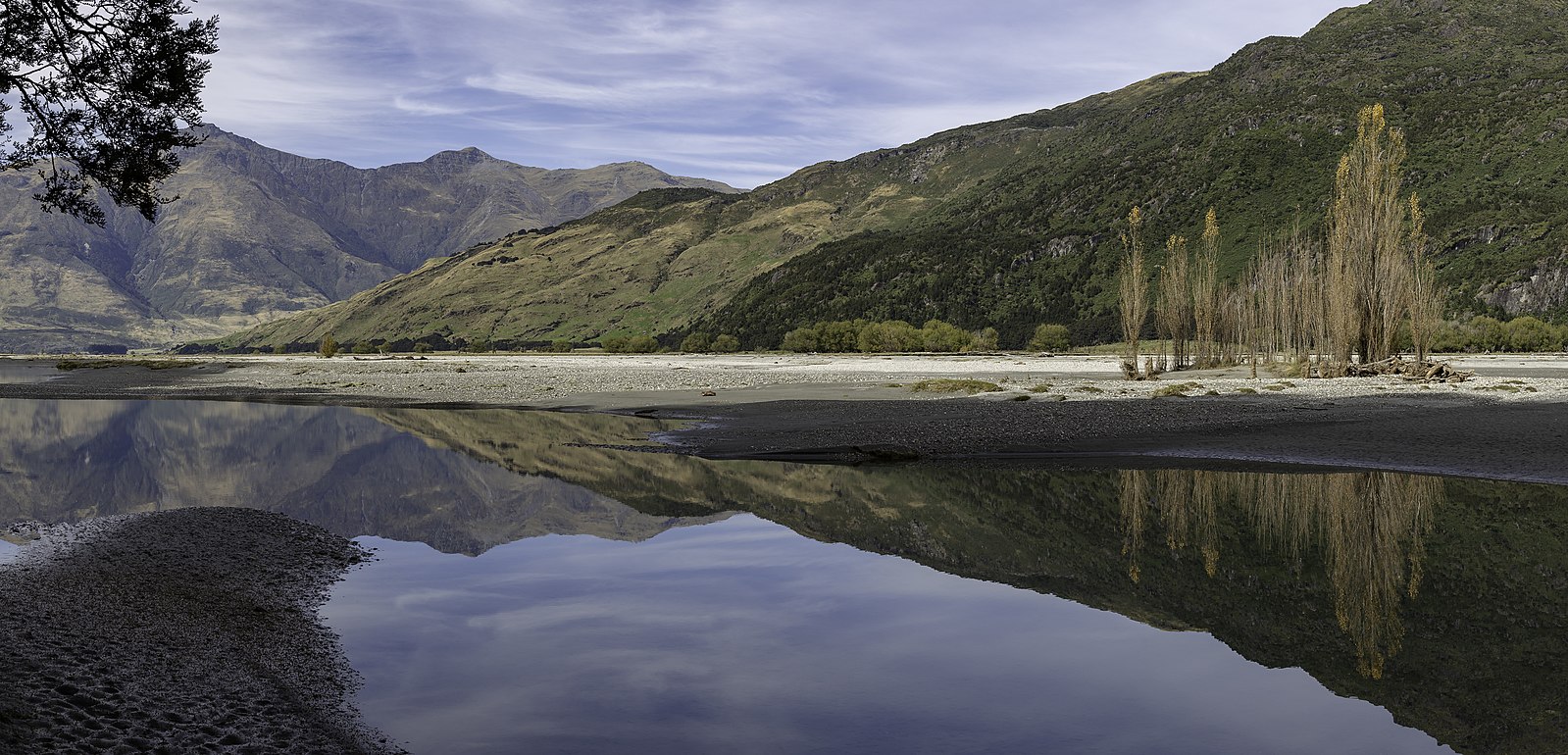In the current wave of environmentalism, it is difficult to distinguish between radical and moderate movement in the direction of environmental protection. Climate marches, once a radical rebellion, have become an almost mundane occurrence as their frequency grows globally. This reveals a deep rooted issue of grassroot protests: they can become so widespread that they disappear into the daily political discourse. Thus, many environmental activists have begun to point towards new horizons.
Climate marches, once a radical rebellion, have become an almost mundane occurrence as their frequency grows globally.
A recent article published by Vox pointed to Bangladesh as a frontrunner of environmental protection. Bangladesh has taken radical legal measures to protect its reputation as “the land of rivers”; in July 2019 the Bangledashi Supreme Court ruled to grant legal protection to all rivers in the country. Their rationale is sound and their implementation is strict. The Supreme Court declared that “water is likely to be the most pressing environmental concern of the next century.” For this developing nation, the first step in environmental activism is protection of its rich natural resources.
Interestingly, a similar protection was established in Ohio in February 2019 to preserve Lake Erie. Toledo residents passed a legislation titled “The Lake Erie Bill of Rights,” which granted the body of water the legal right “to exist, flourish, and naturally evolve.” For midwestern American states such as Ohio and Canadian provinces such as Ontario, the great lakes are an abundant source of fresh water and thus an economic and political cornerstone. This legislation echoed the rationale of the aforementioned Bangledashi Supreme Court ruling: legal protection as the means for ensuring environmental protection.
This new legal mechanism has been identified as a piece of a broader environmental movement known as the “rights of nature” movement. The goal is to redefine the concept of nature acknowledge that “nature has inalienable rights, just as humans do”. If nature comes to be understood as more than just a commodity, a higher level of respect and protection will naturally follow.
If nature comes to be understood as more than just a commodity, a higher level of respect and protection will naturally follow.
This paradigm shift is not an easy transition. The push to acknowledge the rights of nature is a massive cultural movement; one that largely targets the deeply rooted capitalist systems which define the West. Property is a key component of capitalism. Land and water are integral components of capital accumulation: they are means of wealth accumulation. In a capitalist system, rivers are largely defined as instruments of labor. This paradigm posits that it is logical, if not natural, for humans to subjugate nature to extract resources and access wealth.
Thus, this paradigm shift effectively entails a counter-hegemonic movement against the market forces and capitalist system which currently dominates most of the world. Eduardo Guyanas, the Executive Secretary of the Latin American Center for Social Ecology in Uruguay, summarizes the movement accordingly: “the debate around the rights of nature is one of the most active frontlines in the fight for a non-market-based point of view. It’s a reaction against our society’s commodification of everything.”
The Lake Erie Bill of Rights illustrates such an issue. The day after the Lake Erie Bill of Rights was passed it was attacked by a corporate firm which represents the agribusiness interests of the city. The case is still ongoing and presents the kind of cultural conflicts that develop when an environmental movement pushes against a well-established capitalist system. The rights of the Lake are juxtaposed against the rights of the local firms, which raises the important question of whether comprehensive solutions to address the environmental crisis can be formulated without key stakeholders feeling threatened. Must the system itself be demolished and rebuilt?
The rights of the Lake are juxtaposed against the rights of the local firms, which raises the important question of whether comprehensive solutions to address the environmental crisis can be formulated without key stakeholders feeling threatened.
In addition, the “rights of nature” movement brings to light the complexity of the environmental movement. It is difficult to find many policy similarities between the municipal governments of Bangladesh and that of Ohio but river rights present a meaningful exception. More importantly, the environmental movement allows us to cut through the division between developed and developing countries to see the interconnected nature of our world.
In early 2010, a team of scientists from McGill, led by Ciara Raudsepp-Hearne, published an academic article entitled “Untangling the Environmentalist’s Paradox.” The aim was to explain the current predicament where although the environment is in decline, human well being is on the rise. Amongst their many significant findings, they came to the following conclusion: “whether human well-being will suffer at the global scale will depend on how humans adapt to ecosystem degradation and its associated collapses over the next few decades.”
The parallel policy initiatives taken by the Supreme Court of Bangladesh and the citizens of Ohio provide a rare source of optimism: adaptation to ecosystem degradation and a legal and legislative initiative for environmental reform.
Edited by Shannon Benson
Photo credits: “Wilkin River close to its confluence with Makarora River, New Zealand” by Michal Klajban. Published 4th of April, 2019. This work was sourced under a Creative Commons Attribution 2.0 Generic. No changes were made.
Maeve is in her fourth year at McGill, studying Honors International Development and Classics. She spent last Winter traveling across East Africa as part of the Africa Field Study Semester, and she spent most of this past summer learning to dive in the Great Lakes off of Northeastern Wisconsin (unsuccessfully, one might add).

